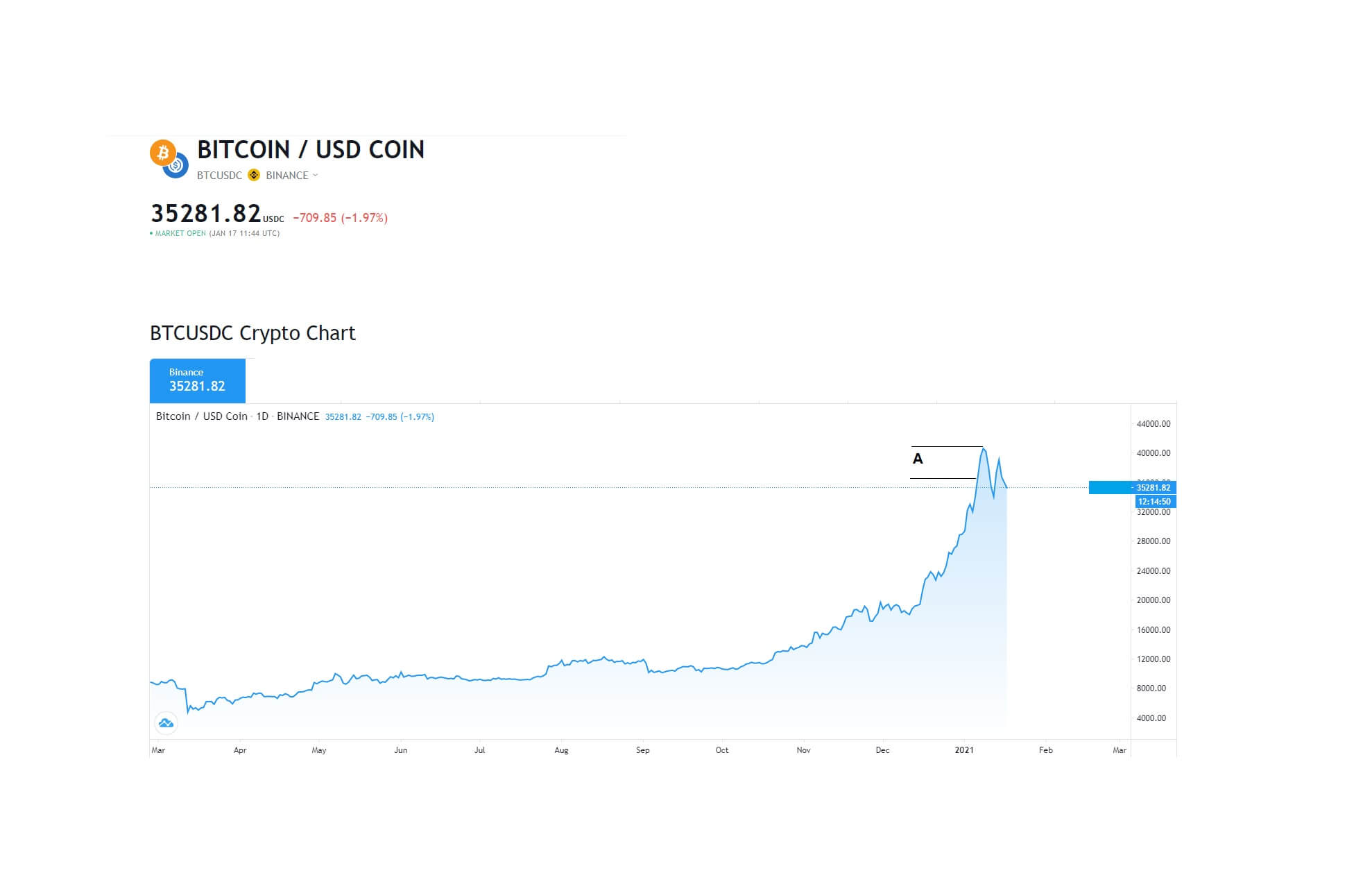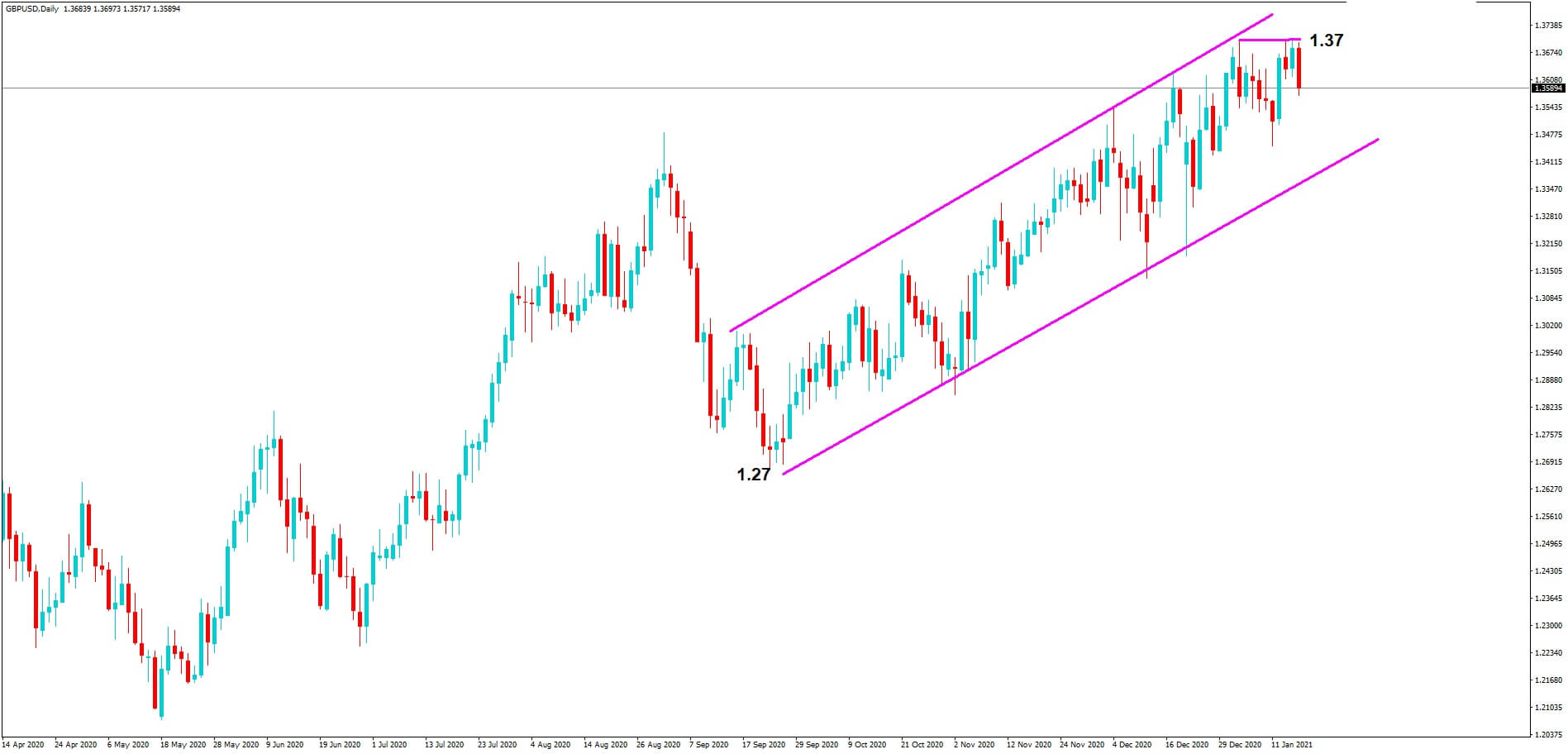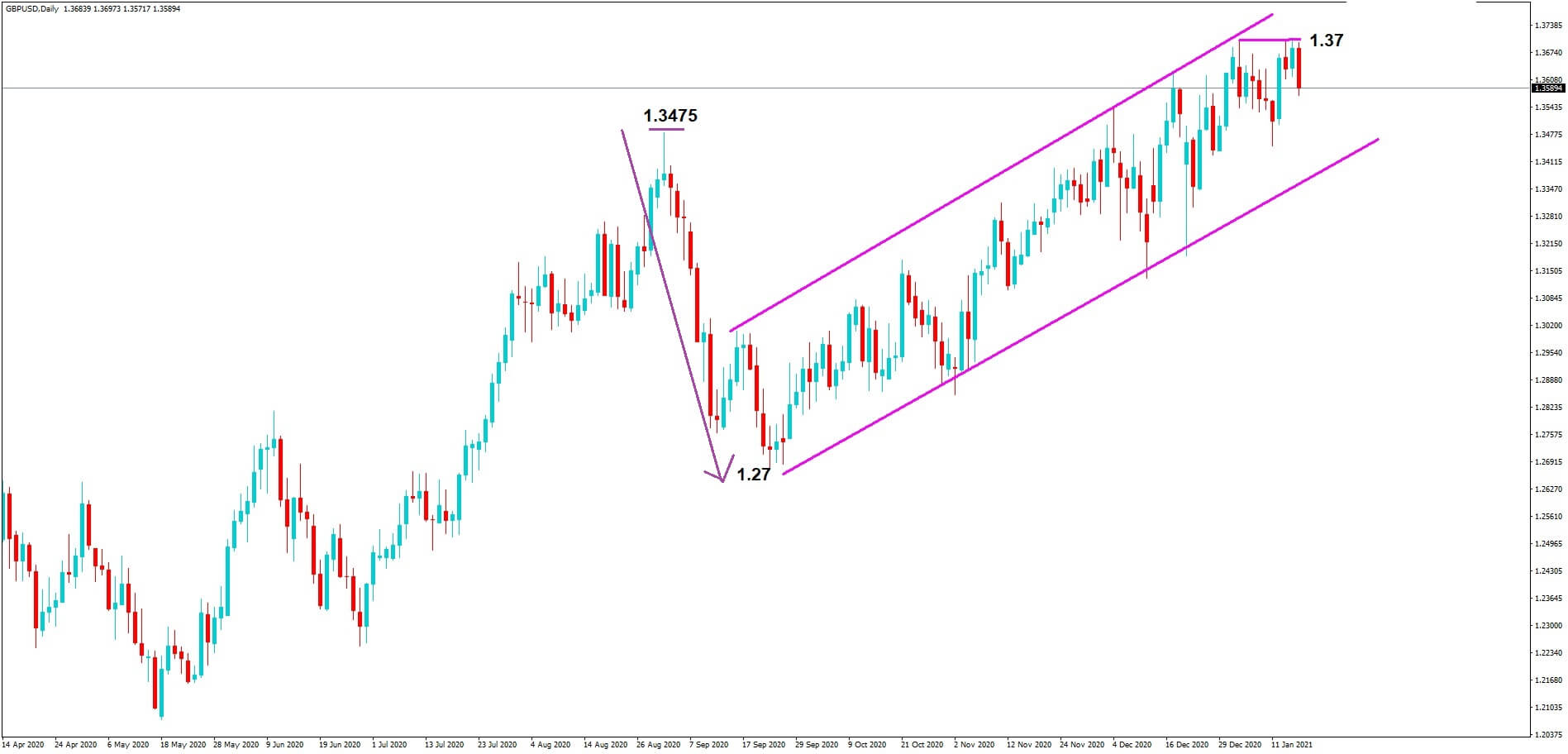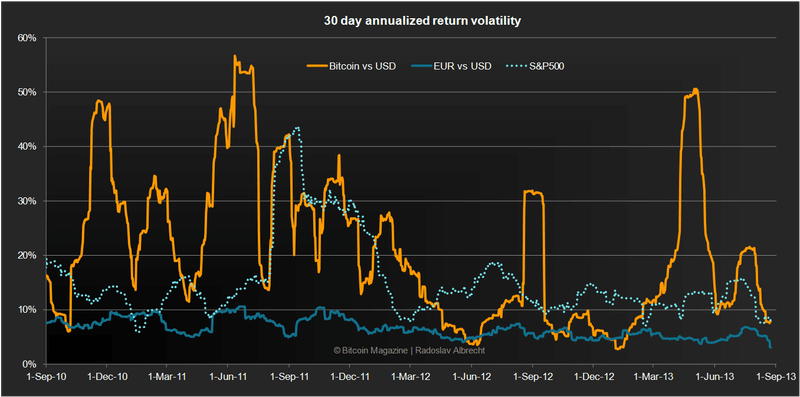Trading in financial markets is quite tussling, especially considering the statistical analysis involved. The market volatilities, abnormal price plunges, and other risks make it even more difficult. Be it securities, cryptocurrency, or other tokens. It requires an investor with great expertise and patience to make profits while trading.
Different traders have been trying out other trading techniques to earn in the financial and crypto markets. Among the strategies include FOMO and Momo trading. What is FOMO or Momo though? How do they work? Please keep reading and note the difference between FOMO and Momo trading and a good investment strategy.
FOMO Trading
Fear of Missing Out, a common acronym FOMO, is a strategy where an individual enters a situation without considering the repercussions. In trading, FOMO is a strategy where an investor enters a market or leaves a market because of a feeling/fear of missing out.
The FOMO feeling affects every trader both in the traditional financial system and the crypto-system. Investors do not want to lose on significant opportunities.
Therefore, in a world where news goes around fast because of social media, FOMO trading is prevalent today. An investor notices other investors making significant progress when trading and wants to make the same returns. As such, they enter the market blindly with over-confidence and high expectations.
FOMO is often guided by ordinary human emotions like greed, fear, jealousy, etc. Primarily, the following are associated with FOMO;
- The herd mentality is where a trader decides to conduct a trade or enter an individual market because they notice other traders following a particular pattern when joining the market.
- Greed in trading is the need to earn high profits within the shortest period of time. A trader guided by desire often joins the market without doing thorough research but wants to take advantage of a prevailing situation.
- Market volatility- Financial markets, especially in the crypto world, are highly volatile. In a matter of an hour, a coin may increase with great value. As such, many traders want to benefit from the prevailing market conditions.
- Other investors get the effect of FOMO trading when they experience a series of big winning streaks. After earning highly in one investment, the investor looks for another asset, which many people deem fit, and puts their money there.
- Losses also trigger the FOMO feeling of the investors. When they lose in one investment, they want to recover their wealth fast and, as such, make investment decisions using FOMO feelings.
- The social media impact and news rumors also trigger FOMO trades.
Momentum Trading
Momentum trading is an investment strategy used by various traders who decide to take advantage of the surging asset prices and short-term market volatilities. Most investors prefer buying securities at a low price and wait for them to surge. But Momo is almost the opposite.
According to experts who have leveraged the Momo technique when investing, it’s easy for an individual to make more money by buying tokens at high prices and selling them at even higher prices.
Primarily, in Momo, an investor identifies securities rising in value, purchases them, and waits for the securities to reach their peak value where they sell the securities. A Momo investor only focuses on the short-term volatility and short-term up-trends of prices.
Momo traders have to be very keen to know the perfect time to buy or sell. The aim is to benefit from the peak profits. Momo trading is a continuous process where the investor realizes an uprising in a coin and invests.
Experienced traders could make better returns when they leverage Momo; however, it’s not relatively easy for rookies. An expert will be able to identify the right time to enter and leave a market position.
Among the things that characterize Momo trading include;
- The Momo trader is keen to identify the price surges and volatility episodes and takes advantage of them.
- After selling some security, the investor immediately looks at other securities to invest in.
- Momo traders are market leaders. They prefer to herd the investment by entering the market first, enjoying the first gains, and leaving immediately.
- Momo traders consider the risks before investing, unlike FOMO, who enter into a market by following the herd. If a Momo investor does not have adequate risk hedging strategies, they could end up losing.
- The investor has to determine the right time to enter the market and the perfect time to leave. Slight delays may lead to huge losses.
Benefits and Drawbacks of Momo Trading
There are several benefits associated with Momentum trading. Momo trade has the potential to earn supernormal profits in just a short period. Additionally, a Momo trader often takes advantage of the volatility by investing when they notice a reliable value surge. Since Momo investors do not follow their emotions, they can easily make decisions to increase their returns. The trading technique has drawbacks, including requiring a lot of time and being sensitive to the market.
Comparing FOMO and Momo Trading
Although both FOMO and Momo traders want to take advantage of market volatility, the former mostly follow human emotions, while the latter prefers to do a little analysis. The FOMO trader does not research the market; instead, their investment decision is often guided by greed, jealousy, and fear. FOMO traders are mostly risk-averse; thus, they leave the market when they notice slight price changes.
On the other hand, Momo traders take advantage of market volatility, but they prefer being the market leaders instead of following other traders. Their decision-making doesn’t follow emotion; instead, they do their statistical analysis. The investor invests in tokens rising in value and sells them when they hit their peak value.
It’s quite clear that between FOMO and Momo, a serious investor will be better off using Momo to make more significant returns.







